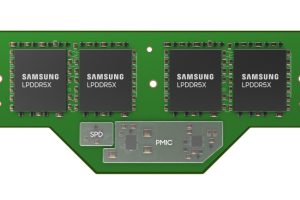
The electronics trade group’s Solder Products Value Council (SPVC) released its final report on testing and analysis of lead free solder pastes with alloys of tin, silver and copper. The SPVC invested the equivalent of one million dollars in volunteer time, equipment and supplies in creating the report, according to IPC.
“The final report of the round robin testing and analysis of the lead free alloys is an excellent example of how companies, although fierce competitors in the marketplace, can come together and work for the benefit of the industry,” Roger Savage, president of Kester and chair of the IPC SPVC.
The council determined the majority of potential standard replacement alloys are composed of tin, silver and copper, commonly called SAC alloys, and analyzed the three most commonly used lead free alloys:
- 96.5/3.0/0.5 tin/silver/copper
- 95.5/3.8/0.7 tin/silver/copper
- 95.5/4.0/0.5 tin/silver/copper
Test methods used in the research included DSC melt analysis; wetting balance; area of spread; visual inspection of solder joints; X-ray analysis of solder joint voids; temperature cycle testing; thermal shock testing and metallurgical analysis.
The data contained in the 50-page final report supports the SPVC’s recommendation of 96.5/3.0/0.5 tin/silver/copper (SAC305) as the alloy of choice for lead free applications, IPC said. The final report also includes summary findings on the effect of voiding on solder joint reliability.
Although the research project was not designed as a head to head comparison of lead free versus tin lead solder, because tin lead solder was used a control, the report does highlight solder joint performance based on package type, according to the trade group.
In addition to the final report, 18 appendices will be included as separate files on CD. These appendices, with nearly 60Mbytes of data, cover such topics as alloy characterisation, down select data, an assembly processing parameter summary, test vehicle description, assembly process data, void data, metallographic analysis of 500 cycles up to and including 6000 cycles, and results of thermal shock and temperature cycling.
An executive summary of the report can be found at the IPC’s Web site.
 Electronics Weekly Electronics Design & Components Tech News
Electronics Weekly Electronics Design & Components Tech News


